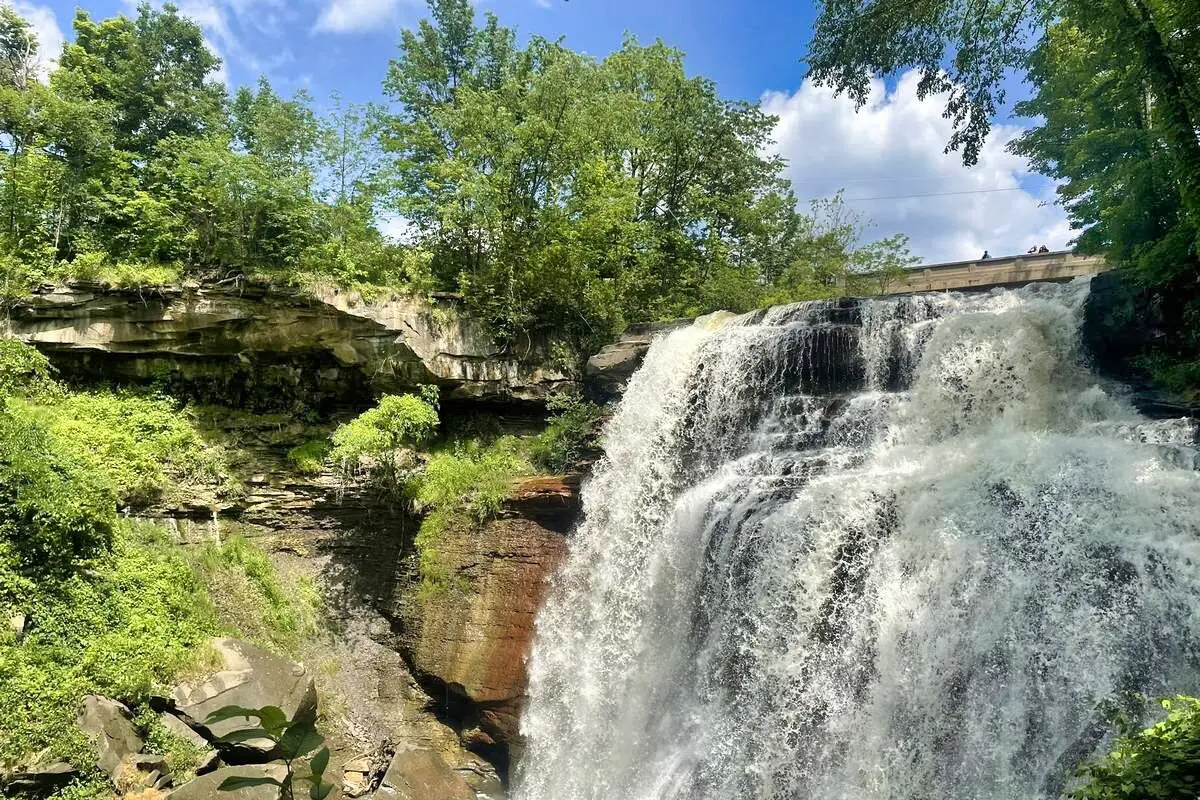
5 Cuyahoga Valley National Park Boondocking Hotspots: Ultimate Guide to Free Camping Fun! Boondocking in Cuyahoga Valley National Park offers a unique way to experience Ohio’s only national park up close and personal. If you want to camp without hookups or crowded sites, you’ll find spots near the park that allow you to enjoy nature quietly with just your vehicle and essentials. Cuyahoga Valley National Park boondocking gives you access to beautiful forests, rolling hills, and over 120 miles of trails while camping on nearby public lands or less developed areas.
The Cuyahoga Valley National Park itself doesn’t offer traditional boondocking inside, but close-by campgrounds and nearby state parks provide great options for RV and tent camping with minimal facilities. You can explore waterfalls and wildlife by day and return to your peaceful, off-grid camping spot at night. Boondocking here is perfect if you crave a simple, wild experience while still being near popular outdoor activities.
You’ll want to plan your trip carefully since some areas may have restrictions, and it’s important to follow Leave No Trace principles to keep this special place pristine.
Cuyahoga Valley National Park Boondocking Key Takeways
- You can camp off-grid near Cuyahoga Valley National Park using nearby public and state lands.
- The park has many trails and scenic spots to explore while staying close to your camping base.
- Following local rules and clean camping practices helps protect the park’s environment.
Cuyahoga Valley National Park Boondocking
Cuyahoga Valley National Park boondocking gives you a unique chance to camp away from crowds and power hookups. Enjoy quiet natural surroundings near waterfalls, trails, and wildlife just between Akron and Cleveland. Boondocking here means staying off the grid with fewer facilities but great seclusion.
Short Description Of Boondocking
Cuyahoga Valley National Park boondocking means camping without electricity, water, or sewer connections. You stay in your vehicle or tent in remote spots, usually away from formal campgrounds.
You’ll rely on your own supplies and be self-sufficient. This style of camping allows you to experience nature more closely. Since CVNP is close to urban areas, it’s a rare chance to find peaceful spots in a busy region.
How Boondocking Is Different Than Traditional Camping
Traditional camping usually takes place in developed campgrounds with amenities like restrooms, water, and electric hookups. Boondocking has none of those conveniences.
You depend completely on what you bring in, like water, food, and power (solar or batteries). There are no assigned sites or picnic tables, so it’s more flexible but needs more planning and care. It’s not about comfort—you get raw, natural surroundings.
Pros And Cons Of Cuyahoga Valley National Park Boondocking
Pros:
- Privacy and peacefulness away from crowded campgrounds.
- Freedom to camp where you want, as long as it’s allowed.
- Closer connection to nature and wildlife.
Cons:
- No access to water or restrooms.
- You must pack out all your trash and waste.
- Limited to areas where boondocking is legal and safe.
Make sure your vehicle and gear can support being self-sufficient. This style fits adventurers who want solitude and can manage without typical campground comforts.
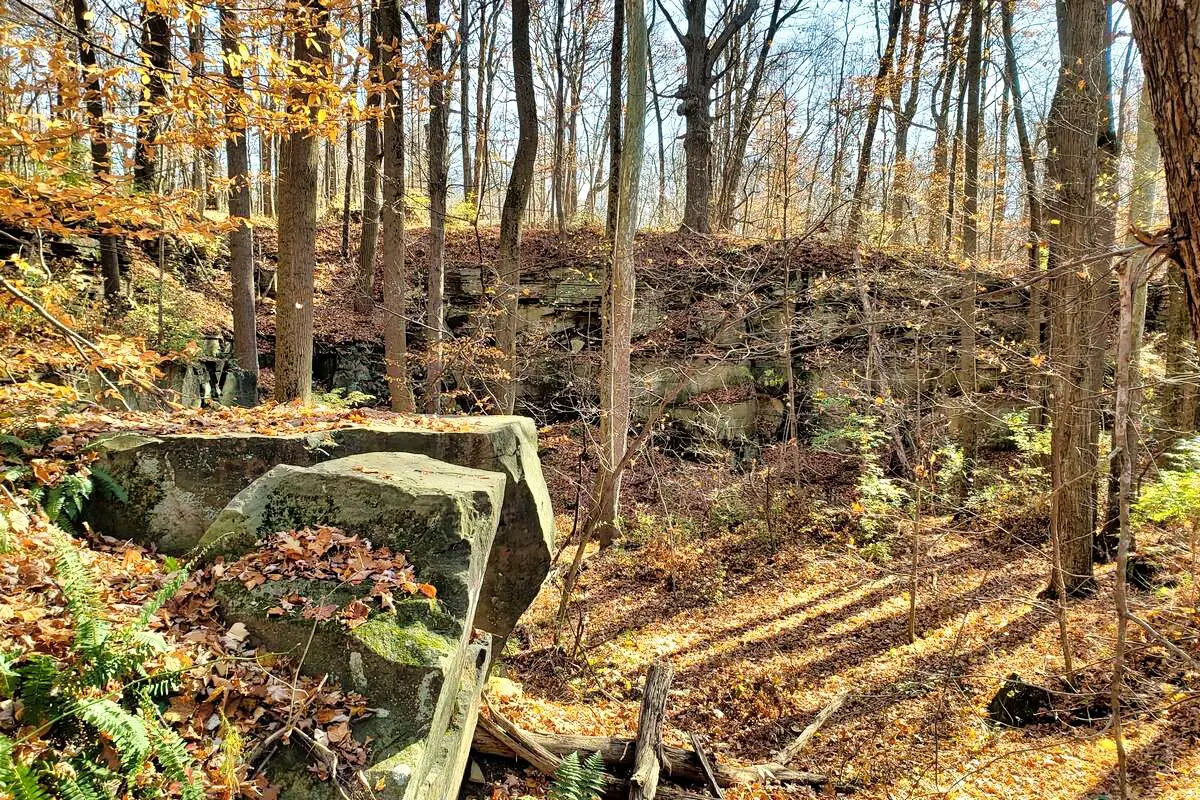 Cuyahoga Valley National Park Boondocking Information
Cuyahoga Valley National Park Boondocking Information
Cuyahoga Valley offers some unique challenges and opportunities for camping. The land and water conditions shape where you can set up camp. Knowing the environment and what to expect helps you prepare your gear and plan your stay.
Land, Water Sources, And Boondocking Area Description
Cuyahoga Valley National Park itself does not allow camping inside its boundaries. However, you can find free and boondocking spots in nearby state parks like West Branch and Punderson. These areas have forested land with gentle hills, perfect for tent camping or parking an RV.
Water sources are limited, so you should bring enough water for your trip. Streams run through the park, but they often need treatment before drinking. Rainwater collection isn’t reliable, so packed water is best. Camping spots are usually near trails or lakes but away from crowded areas.
Environment, Camping Setup, And Amenities
When Cuyahoga Valley National Park boondockingy, expect a mix of hardwood forests and open spaces. The ground is mostly dirt and leaf litter, so a sturdy tent and good stakes are helpful. Wildlife like deer and birds are common, so store your food securely.
Most Cuyahoga Valley National Park boondocking sites don’t have bathrooms, electricity, or running water. You’ll need to bring your own supplies and follow Leave No Trace principles. Fire rings might be available, but it’s safer to use a camp stove. Cell service is spotty, so prepare for some quiet time.
Outdoor Activities And Nearby Attractions
You’ll find plenty to do outdoors around Cuyahoga Valley National Park boondocking sites. From hiking and biking to exploring nearby towns and forests, there’s something exciting waiting for you at every stop.
Popular Outdoor Activities
You can hike on trails that wind through forests and along rivers. Biking is also popular, especially on the Ohio & Erie Canal Towpath Trail. Kayaking and canoeing let you experience the Cuyahoga River up close.
Birdwatching is great here too—keep your eyes open for hawks, owls, and herons. In winter, you can even try cross-country skiing or snowshoeing on the quieter trails.
Seasonal events like ranger-led walks and outdoor concerts add fun to your visit. These give you a chance to learn about the park’s history and nature from experts.
Nearby Landmarks, Parks, And National Forests
Close to the park, you’ll find places like Hale Farm and Village, a living history museum showing 19th-century life. The Brandywine Falls, a 65-foot waterfall, is a must-see spot inside Cuyahoga Valley.
Nearby, you can visit other parks such as the Cleveland Metroparks and the Cuyahoga Valley National Forest. These areas offer different landscapes and more chances for hiking and camping.
Other Nearby Boondocking Locations
If you’re into boondocking beyond the National Park, check out public lands nearby. Areas near the Mohican State Park allow for dispersed camping.
Private farms and orchards occasionally offer boondocking spots, especially in less busy seasons. Always ask permission before setting up.
Also, small forested areas outside the park boundaries can provide quiet places for off-grid camping. Make sure to follow local rules and pack out all trash.
Nearest Towns
Brecksville is the closest town, just a few miles from the park entrance. Here, you can find shops, restaurants, and fuel up for your trip.
Peninsula and Akron are also nearby, each with local attractions and outdoor gear stores. You can enjoy small-town charm and friendly faces while resting between adventures.
Best Nearby Hiking Trails And Other Activities
The Towpath Trail is your top choice for biking and hiking. It runs through the park, passing historical canal sites and peaceful forest.
For a steeper hike, try the Ledges Trail. It offers rock formations and scenic views that are great for photos.
If you seek water activities, rent a kayak at one of the local outfitters for paddling on the river.
There are also spots for fishing and picnicking, making every day outside inviting.
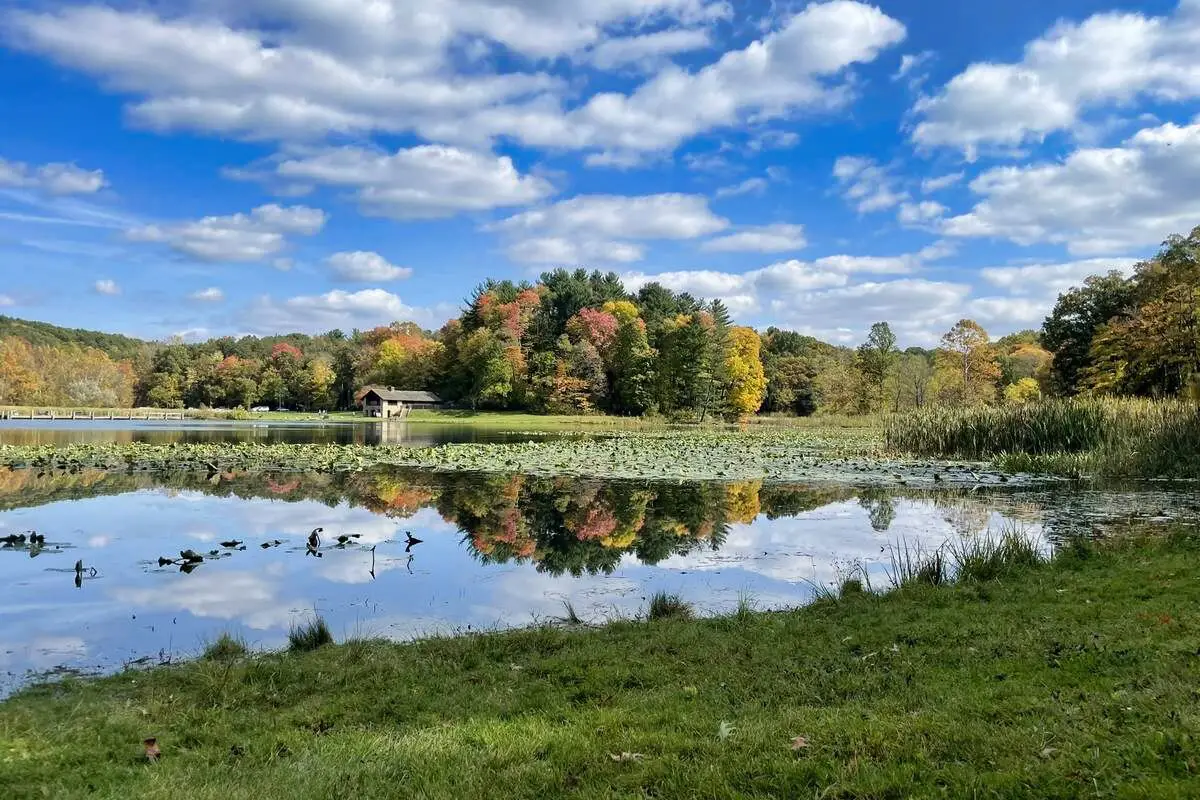
Directions
To reach Cuyahoga Valley National Park boondocking sites, head toward the Boston Mill Visitor Center. The address is 6947 Riverview Road, Peninsula, Ohio 44264. This spot is a good starting point for exploring the park and finding boondocking areas.
If you come from Akron, take I-77 North. Then, take Exit 125A to merge onto OH-8 North toward Cuyahoga Falls. Stay on OH-8 North for about 12.6 miles to get closer to the park.
From Cleveland, use several routes depending on where you are. The park is just a short drive from the city, so take local highways that lead you toward Peninsula or nearby towns.
Once in the park, follow suggested driving routes marked in green on park maps. These roads help you find parking spots and trailheads where you can set up for boondocking.
Here is a quick guide for directions:
| From | Route | Notes |
|---|---|---|
| Akron, OH | I-77 N → Exit 125A → OH-8 N | About 12.6 miles north |
| Cleveland, OH | Various highways toward Peninsula | Depending on your starting point |
Check road conditions before you go. There are many ways to access different parts of the park, so plan your route based on where you want to camp or hike.
Vehicle Access And Pricing
You’ll find clear rules and options for parking, as well as important details about roads and size limits for RVs or trailers at some of the Cuyahoga Valley National Park boondocking sites listed below. Knowing this will help you plan your visit without surprises.
Fees
Cuyahoga Valley National Park does not charge a fee for entering or parking your vehicle. You can park oversized vehicles like RVs or buses in designated areas without extra cost.
However, overnight parking inside the park is not allowed. You cannot leave your RV or trailer in the park after dark. If you want to stay overnight in an RV, use nearby campgrounds outside the park boundaries.
Day parking spots for oversized vehicles are limited. If the official oversized parking is full, sometimes you may park in larger spaces when available, but expect to move during busy times.
Road Conditions And Accessibility
The park’s roads are generally well-maintained and easy to drive. Major entrances connect to Interstates 77 and 80, making access straightforward even for larger vehicles.
Some secondary roads and trail access points can be narrow or unpaved. These might be tricky if you are driving a long or wide RV. Heavy rain can make some less-used routes muddy or slippery.
Always check weather forecasts before heading out. Stick to the main roads for easier navigation.
RV Or Camping Trailer Length Requirements
Cuyahoga Valley National Park boondocking has no official restrictions on RV or trailer length for parking. The designated spots for oversized vehicles are designed for larger rigs, generally up to about 40 feet.
If your RV or trailer is longer than 40 feet, you may face difficulty finding a suitable spot inside the park. Many lots don’t have spaces wide or long enough for very large rigs.
For longer RVs, nearby campgrounds or private RV parks offer better options with full hookups and plenty of space. Planning ahead is key if you have a big rig!
Camping Regulations And Restrictions
Camping inside the park is not allowed. Staying overnight in parking lots or other park areas is also prohibited. This means no tent camping or RV spots within the park boundaries.
You can find plenty of free or low-cost boondocking nearby. Ohio offers many state parks, nature preserves, and forests where camping without hookups is possible. These areas give you a great way to enjoy nature close to the park.
Here are key rules to keep in mind:
- No campfires are allowed in some areas.
- You must pack out all trash; no dumping waste in the park.
- Use established campsites when available outside the park.
- Respect quiet hours and leave no trace behind.
Check local regulations carefully before you camp. Many places require you to get permits or follow specific guidelines. Make sure you know where you can park overnight and what activities are allowed to avoid fines.
If you plan to use an RV or camper, some nearby state parks offer spaces with water or electric hookups. Finding the right spot ahead of time will make your experience smoother and more enjoyable!

Leave No Trace
When you boondock in Cuyahoga Valley National Park, protect the land for everyone by following specific ways to minimize your impact on nature and wildlife.
7 Leave No Trace Principles And Importance
1. Plan Ahead and Prepare
Know the rules of the park before you go. Check weather and trail conditions so you pack what you need. This helps you avoid surprises that might harm the environment or yourself.
2. Travel and Camp on Durable Surfaces
Use established trails and campsites when possible. This prevents foot traffic or tents from damaging fragile plants and soil.
3. Dispose of Waste Properly
Pack out all trash, leftover food, and litter. If you need to use the restroom away from facilities, bury human waste at least 200 feet from water and trails.
4. Leave What You Find
Don’t take rocks, plants, or artifacts. Let others enjoy the park’s natural and historical features just as you did.
5. Minimize Campfire Impacts
Use a camp stove or existing fire rings for cooking. Avoid building new fires that can scar the land and increase wildfire risk.
6. Respect Wildlife
Observe animals from a distance and do not feed them. Feeding wildlife harms their health and changes their natural behaviors.
7. Be Considerate of Other Visitors
Keep noise low and respect others’ space on trails and campsites. This ensures everyone enjoys a peaceful visit to the park.
Helpful Boondocking Information Links:
Over 10,000 Free Boondocking Locations
Boondocking Recipes for 1000’s Of Camping Meals
Bureau of Land Management
Government Recreation Area
National Park Service
Leave No Trace
State Specific Information Links
Ohio Park Service
Ohio Fish and Wildlife
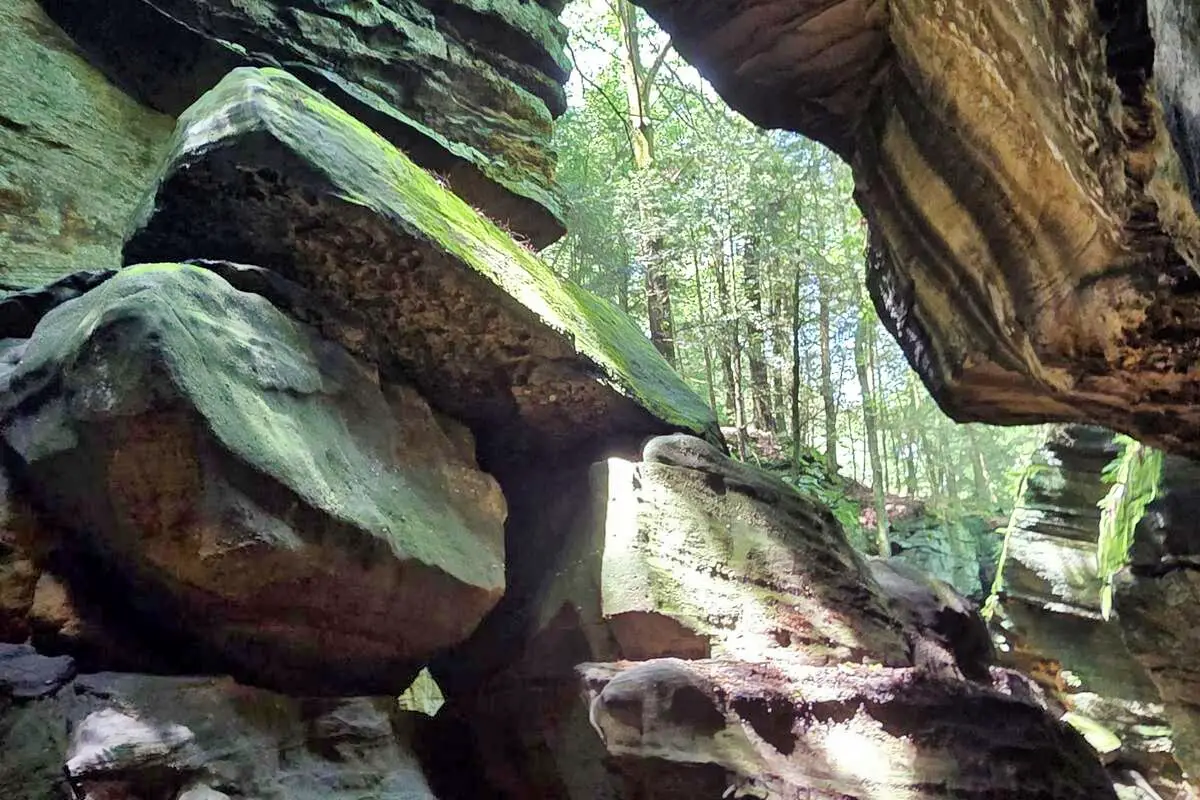
Cuyahoga Valley National Park Boondocking Hotspots
Free Boondocking Sites
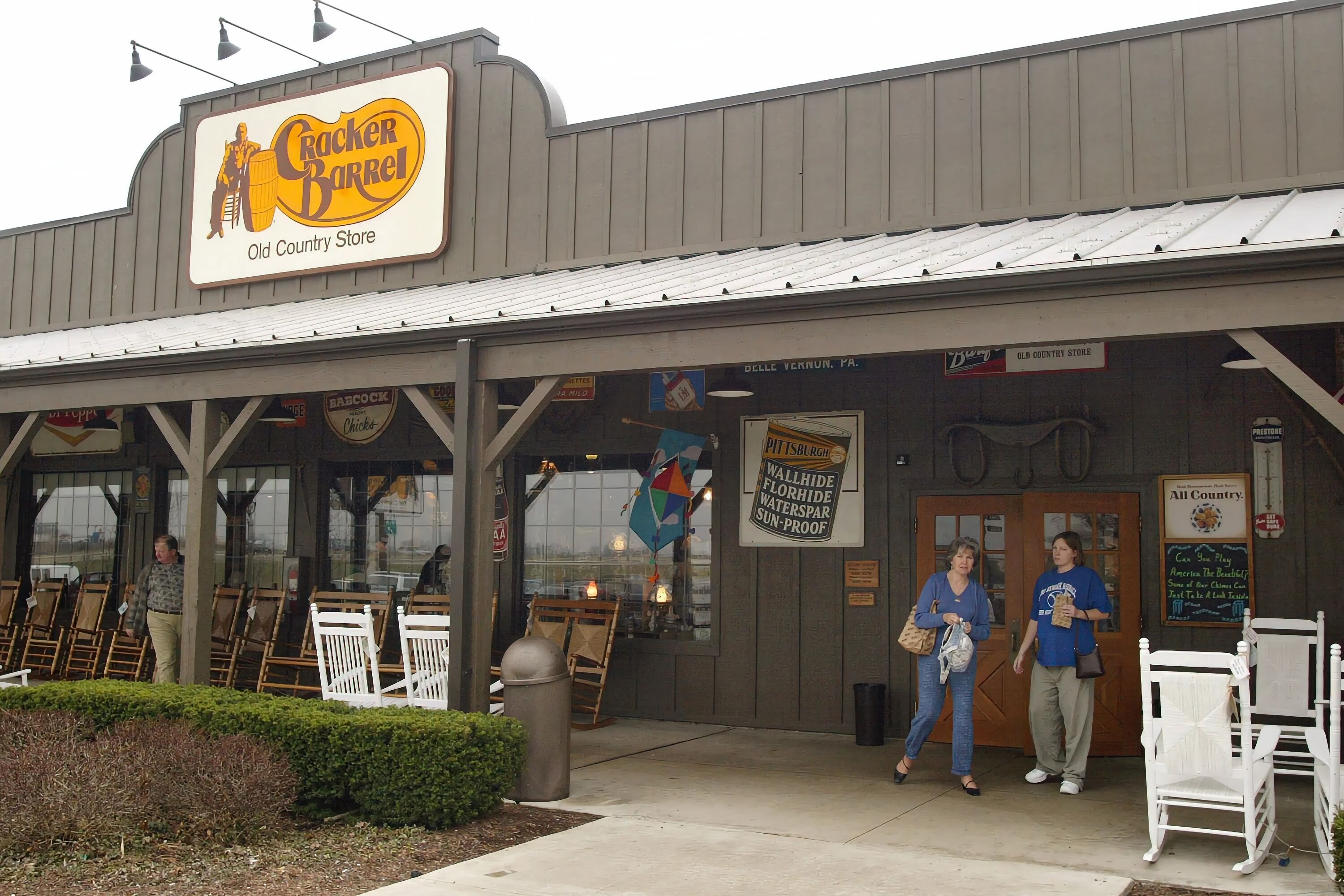
Cracker Barrel Boondocking In Youngstown, OH
41.12116, -80.77086

Northpark Boondocking In Columbus, OH

40.060856, -82.977375
Big Bend Trailhead Boondocking In Akron, OH
41.12775, -81.53961
Paid Campgrounds
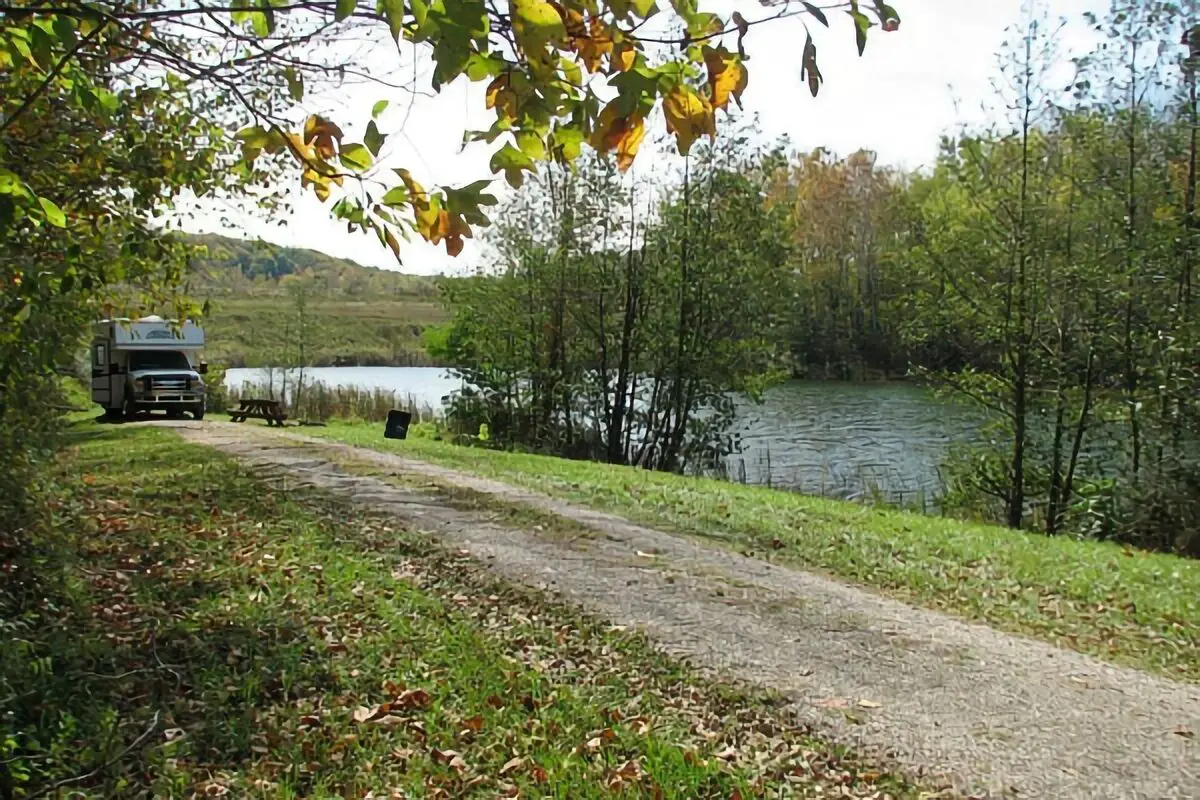
Exploring Limits Campground In Youngstown, OH
41.12201, -80.63153


